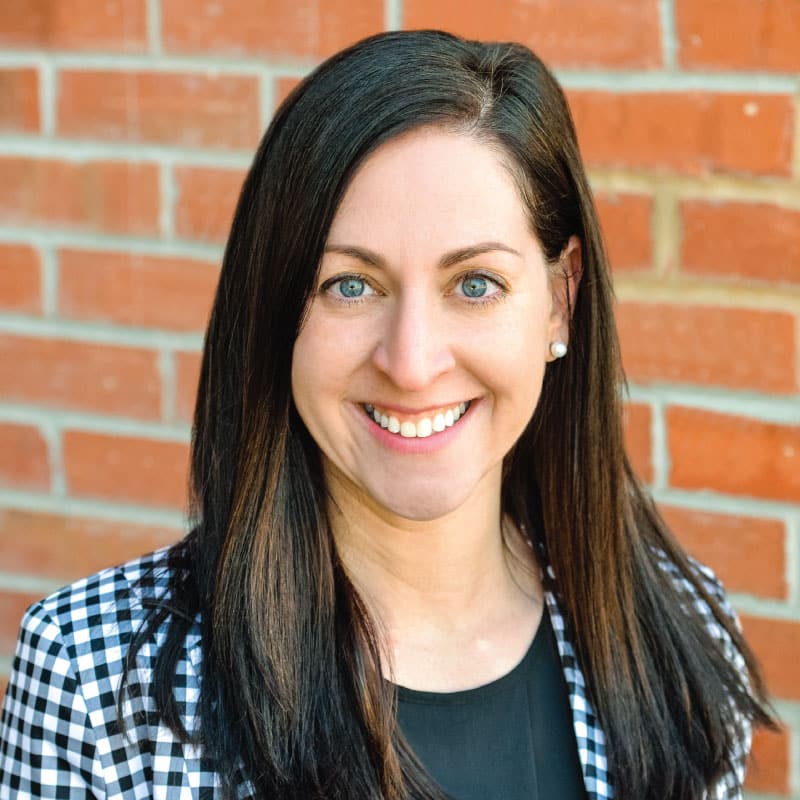
The CDC team responsible for aggregating and disseminating best practices around contraception has been cut.
Liudmila Chernetska/iStockphoto/Getty Images
hide caption
toggle caption
Liudmila Chernetska/iStockphoto/Getty Images
To most people, the eight-person team was indistinguishable from the hundreds of other scientists and researchers cut in April during the mass firings at the Centers for Disease Control and Prevention.
But for many clinicians who specialize in women’s health, losing the team responsible for the CDC’s contraception guidelines was a devastating blow to women’s health.
“ I just remember feeling like — of all the things — I think contraception shouldn’t be controversial,” says Dr. Angeline Ti, a family physician in the Atlanta, Georgia area who specializes in reproductive healthcare.
The team was responsible for aggregating and disseminating best practices around contraception in a set of guidelines called U.S. Medical Eligibility Criteria for Contraceptive Use.
“I knew that things were gonna happen at CDC, but I thought that these guidelines were so important,” says Ti. She says she uses the guidelines “pretty much every time” she sees a patient for contraceptive care.
Other doctors describe feeling equally shocked. “I mean, there is no other resource that is doing this,” says Dr. Andrea Braden, an obstetrician in Atlanta, Georgia. “All the OB-GYN’s use it.”
Representatives from the Department of Health and Human Services and the Trump administration did not explain why the CDC team was cut. It was eliminated in April as part of the reduction of the Women’s Health and Fertility Branch of the Division of Reproductive Health.
NPR reached out to HHS for comment on this story, but did not receive a response.
An indispensable app
Busy doctors who are seeing many patients, says Braden, simply do not have time to comb through all the latest medical research. So, the CDC team made recommendations available in an app that doctors could download and easily reference with questions about contraception, including how to navigate the topic for patients with specific conditions and diseases. It was downloaded 440,000 times, according to the CDC.
“The app was just a game changer for us,” says Braden. “That was very clearly organized, really easy to digest, and it was such a nice quick reference for us. It was a resource that we all trusted intuitively.”
The current guidelines are still accessible, while the team charged with updating them no longer exists.
Doctors caution that even though the recommendations were issued relatively recently, without careful monitoring they will soon be out of date. “ Medicine is not static,” says Dr. Deva Sharma, a hematologist who said the guidelines are a critical part of her medical practice. “It’s constantly evolving and improving.”
The team issued guidelines most recently in 2024. One example of a change that Braden says had a significant impact on her conversations with her patients is around recommendations for breastfeeding mothers using birth control. The new guidelines for the first time acknowledged that some contraception can jeopardize milk supply in nursing mothers.
This update, she says, represented a sea change in a way of thinking about the importance of empowering patients to make their own decisions about breastfeeding. “ That was such an important aspect of the update,” says Braden. “It helped us guide our practice, rather than tell people what they need after they have a baby. It really put the patient at the center of the conversation.”
For some patients and doctors dealing with specific conditions, conversations about contraception can be matters of life or death. Sharma specializes in treating women with Sickle Cell disease — an inherited red blood cell disorder — which puts patients at a much greater risk of life threatening complications in pregnancy than people without the disease.
Sharma calls the termination of the CDC team “detrimental to women’s health,” and also recalls vividly the moment she found out when a colleague sent her a message. “I remember just feeling overwhelmed and devastated,” says Sharma.
In the recent guidelines, the CDC team changed recommendations for women with Sickle Cell Disease, which already puts patients at increased risk for blood clots. Doctors who treat this disease say they now rarely prescribe certain forms of contraception to their patients due to new evidence suggesting these kinds of treatments can create an even greater risk.
Braden says she is still feeling confused as to why such a valuable resource was eliminated. “ I don’t understand,” she says “Why them? Why this sector of medicine? This is a waste.”
She warns that doctors will not be able to compensate for the medical updates that this guide provides. “ Medicine changes so quickly and it is very difficult to keep up with all of it,” she warns. “New data comes out — new research comes out — and we find out that there’s a better way to do things. Contraceptive medicine is no different from that.”
Missing treatment options are hard to measure
Many patients will not necessarily know about medical updates they do not benefit from, but Teonna Woolford is one patient who does understand the utility of the CDC’s guidelines around contraception.
Born with Sickle Cell Disease, Woolford started a non-profit, Sickle Cell Reproductive Education Directive, that advocates for patients like herself. Woolford says the disease is often characterized by uncertainty and difficulty in making hard decisions around treatment.
“Having the guidelines was really like a proactive approach to addressing contraception,” says Woolford. “There are a lot of knowledge and research gaps on this subject.”
Sickle Cell Disease disproportionately affects people of color, a group that Woolford notes has not historically enjoyed parity in reproductive justice. “The removal of the CDC team to me just reminds me of darker times in our history when people of color were oppressed,” she says.
Black women in the United States have disproportionately high rates of maternal mortality.
Dr. Braden sees the team’s elimination as a setback to women everywhere. “It really hurts those of us in women’s health — to target something like contraceptives.” says Braden. “This is basic healthcare for OBGYNs and it was really defeating. I would say I felt angry and sad and confused.”
She and other doctors point out that many women in the U.S. can no longer legally terminate pregnancy. They say that makes it especially important for them to be able to make an informed choice about the best ways to prevent becoming pregnant in the first place.
“ Bodily autonomy has been taken away from women in various states,” says Dr. Sharma, who practices in Tennessee — a state with strict abortion laws. “We’ve slashed people’s rights to make decisions,” she says. “Now we’re taking away evidence-based recommendations.”



















